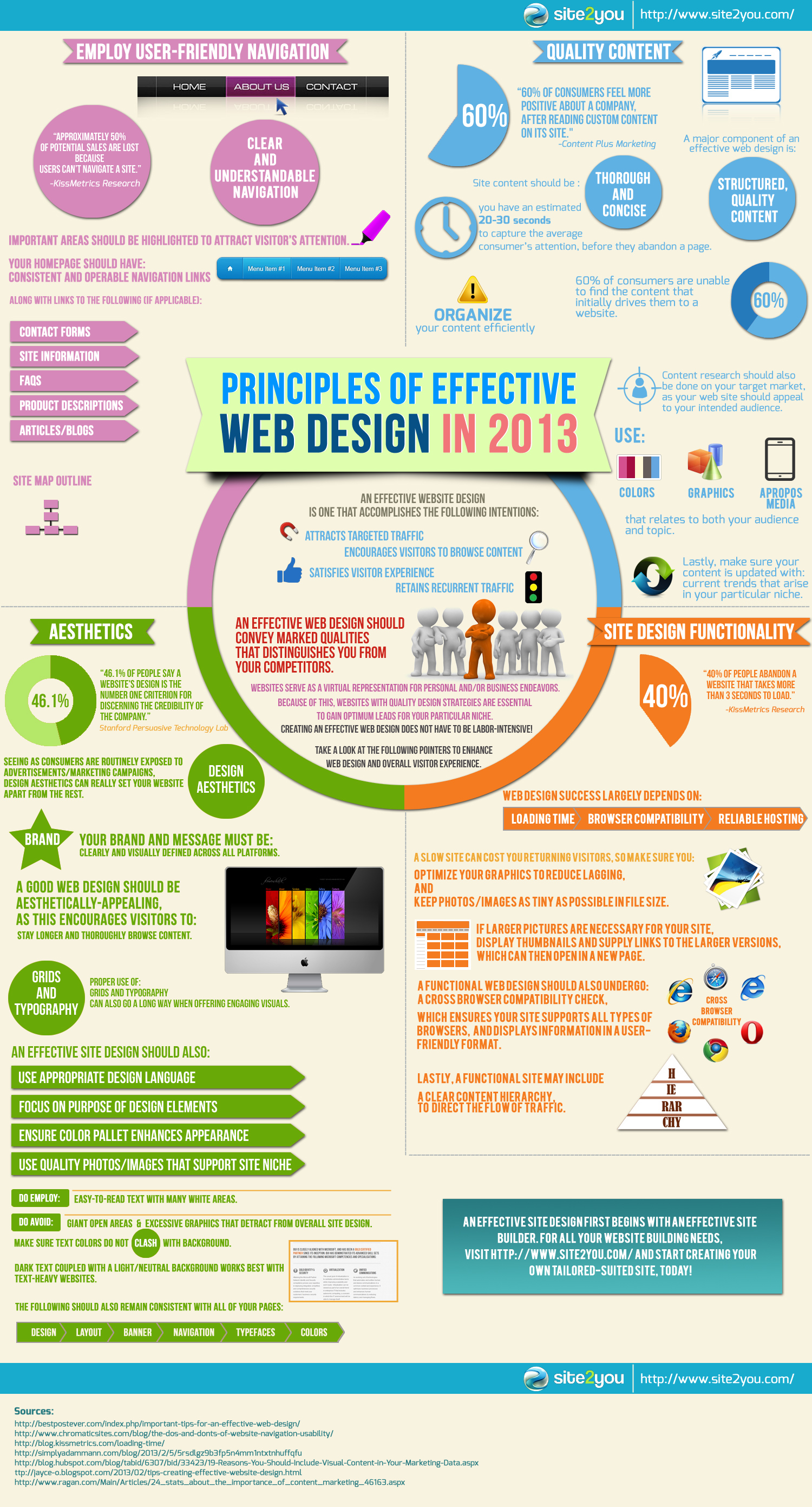Interested In Finding Out Just How Web Site Design Has Changed Over The Years? Discover The Progression From Basic, Simple Styles To User-Centered Techniques That Focus On The Demands And Choices Of On-Line Visitors
Interested In Finding Out Just How Web Site Design Has Changed Over The Years? Discover The Progression From Basic, Simple Styles To User-Centered Techniques That Focus On The Demands And Choices Of On-Line Visitors
Blog Article
Post Author-Collier Wong
In the past, websites were easy and concentrated on details. Navigating was direct, and design was for desktop computers. Currently, user experience is crucial. Information overviews styles for very easy navigation. Receptive formats suit various devices. Today, dark setting lowers pressure, and minimalist food selections boost navigation. Interactive attributes engage users, and vibrant visuals attract attention. AI combination improves interaction. See just how design has actually developed to boost your on-line journey.
Very Early Days of Web Design
In the very early days of website design, simpleness preponderated. Web sites were fundamental, with minimal colors, font styles, and layouts. The focus got on supplying information instead of flashy visuals. Individuals accessed the net via slow dial-up connections, so rate and performance were essential.
Navigation food selections were straightforward, normally situated on top or side of the web page. Web sites were designed for home computer, as mobile browsing wasn't yet common. https://landenjeysm.webbuzzfeed.com/30395298/just-how-to-pick-the-right-local-search-engine-optimization-company-for-your-organization was king, and developers focused on easy readability over complicated design aspects.
HTML was the key coding language used, and designers needed to work within its constraints. Animations and interactive functions were minimal compared to today's criteria. Internet sites were fixed, with little vibrant material or individualized user experiences.
Increase of User-Focused Design
With the evolution of website layout, a shift in the direction of user-focused style principles has actually come to be increasingly prominent. Today, developing internet sites that focus on customer experience is vital for engaging visitors and accomplishing business objectives. User-focused design involves comprehending the demands, preferences, and behaviors of your target audience to tailor the internet site's design, material, and includes as necessary.
Developers currently perform extensive research, such as customer studies and use testing, to collect understandings and feedback directly from customers. This data-driven strategy helps in developing user-friendly navigating, clear calls-to-action, and visually enticing interfaces that reverberate with visitors. By positioning the user at the facility of the style procedure, sites can deliver an extra individualized and enjoyable experience.
Responsive style has actually also emerged as a key aspect of user-focused style, guaranteeing that sites are maximized for various devices and display dimensions. This adaptability enhances ease of access and usability, accommodating the diverse means users communicate with web sites today. Essentially, the surge of user-focused design symbolizes a shift towards creating electronic experiences that prioritize the requirements and assumptions of the end user.
Modern Trends in Web Design
Discover the latest fads forming website design today. One noticeable fad is dark mode design, offering a smooth and contemporary look while reducing eye stress in low-light settings. best websites for portfolios is minimalist navigating, streamlining food selections and enhancing individual experience by concentrating on essential elements. Including seo optimization company -interactions, such as computer animated buttons or scrolling impacts, can create a more engaging and interactive website. Receptive design continues to be vital, ensuring smooth customer experiences across numerous devices. Additionally, making use of bold typography and unbalanced formats can add aesthetic passion and draw attention to particular material.
Incorporating AI modern technology, like chatbots for customer support or individualized recommendations, enhances user involvement and simplifies processes. Access has likewise become a substantial pattern, with designers prioritizing inclusive style practices to cater to diverse user needs. Embracing sustainability by optimizing web site performance for speed and performance is another emerging trend in web design. Teaming up with user responses and information analytics to repeat and improve design continuously is necessary for remaining relevant in the ever-evolving digital landscape. By accepting these modern-day patterns, you can develop an aesthetically enticing, straightforward site that resonates with your audience.
Conclusion
As you assess the evolution of website design from the early days to now, you can see exactly how user-focused layout has ended up being the driving pressure behind modern-day patterns.
Accept the trip of adjustment and adjustment in web design, always keeping the user experience at the forefront.
Remain current with the most up to date patterns and innovations, and never stop progressing your approach to create aesthetically spectacular and straightforward sites.
Progress, adapt, and create - the future of web design remains in your hands.
